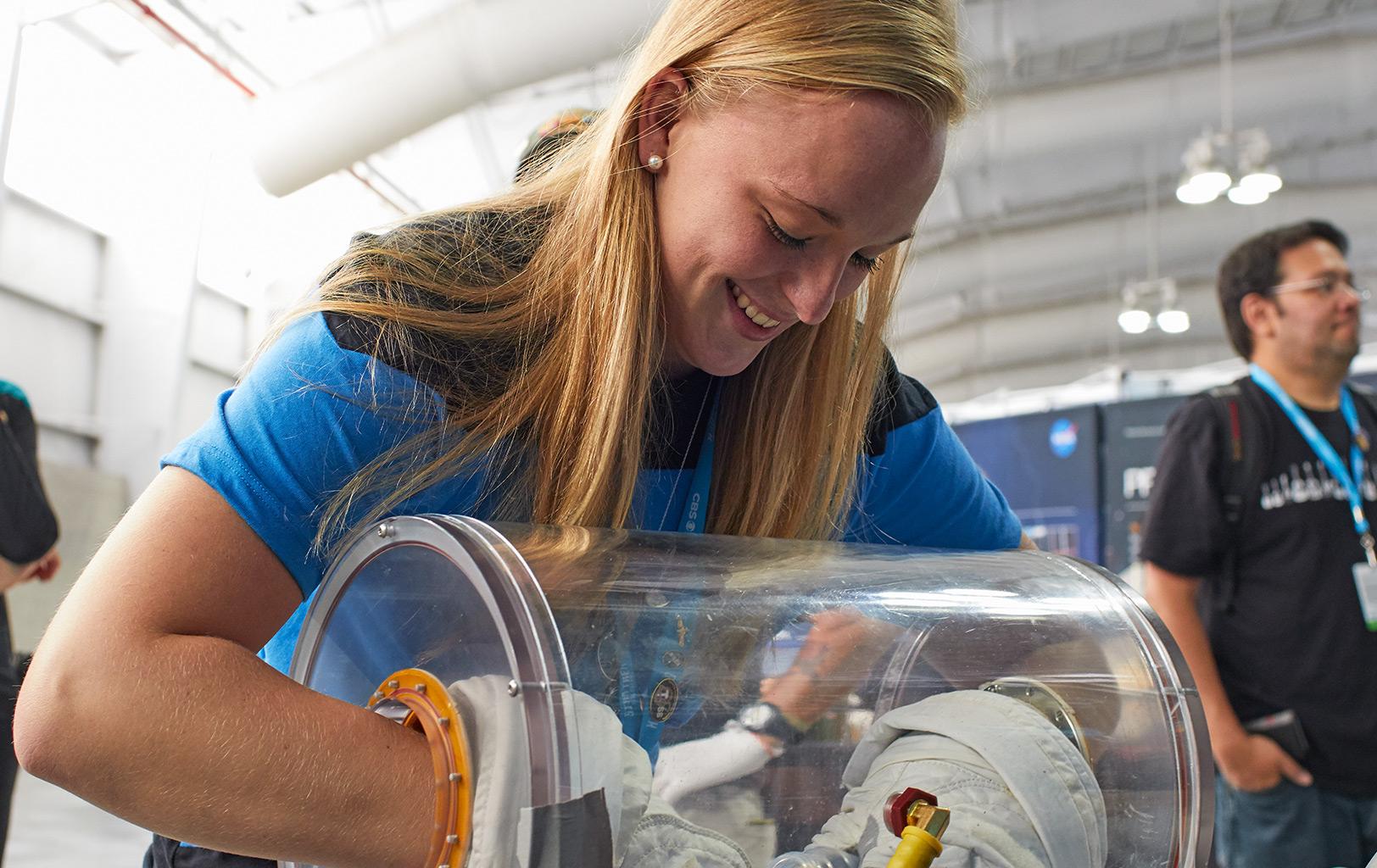Our moon's 2 sides are more different than we thought, lunar samples reveal
China's Chang'e 6 mission returned the first-ever far-side lunar samples, revealing new insights into the moon's interior.

Lunar samples reveal the far side of the moon, hidden from Earth's view, may have a cooler interior than the near side.
China's Chang'e 6 mission returned the first-ever samples from the far side of the moon in June 2024. A recent analysis of these fragments, collected from a vast crater inside the moon's South Pole–Aitken (SPA) basin, found that the samples were about 180°F (100°C) cooler than near-side samples gathered by NASA's Apollo missions.
"The near side and far side of the moon are very different at the surface and potentially in the interior. It is one of the great mysteries of the moon," Yang Li, co-author of the study, said in a statement. "We call it the two-faced moon. A dramatic difference in temperature between the near and far side of the mantle has long been hypothesized, but our study provides the first evidence using real samples."
Unlike the smoother, darker near side marked by vast volcanic plains, the far side has a thicker crust, is more mountainous and heavily cratered and contains far fewer lava-filled basins. The new findings suggest these differences extend beneath the surface into the moon's interior.
Based on their analysis, the researchers estimate the Chang'e 6 samples were about 2.8 billion years old and formed from lava deep within the moon's mantle at a temperature of about 2,012°F (1,100°C) — roughly 180°F (100°C) cooler than samples from the near side. The team combined computer simulations with satellite data, modeling how hot the rock was when it crystallized and estimating the temperature of its "parent rock," or the material that melted into magma before solidifying into the sample collected.
The far side is thought to have fewer heat-producing elements, such as uranium, thorium, potassium, phosphorus and rare earth elements — collectively referred to as KREEP. These elements release heat through radioactive decay. If they migrated toward the near side early in the moon's history, that could explain why it remained hotter, more volcanically active and chemically distinct.
How this imbalance arose remains uncertain. Some theories propose a colossal asteroid impact redistributed the moon’s interior, while others suggest the moon once had a smaller sibling that merged unevenly, enriching the near side with heat-producing elements. Earth’s gravitational pull may also have influenced the distribution of elements, according to the statement. .
Breaking space news, the latest updates on rocket launches, skywatching events and more!
"These findings take us a step closer to understanding the two faces of the moon," Xuelin Zhu, co-author of the study, said in the statement. "They show us that the differences between the near and far side are not only at the surface but go deep into the interior."
Although the study does not reveal the moon's present-day internal temperatures, researchers say any thermal divide could have persisted for billions of years, shaping the lunar landscape we see today.
The findings were published on Sept. 30 in the journal Nature Geoscience.

Samantha Mathewson joined Space.com as an intern in the summer of 2016. She received a B.A. in Journalism and Environmental Science at the University of New Haven, in Connecticut. Previously, her work has been published in Nature World News. When not writing or reading about science, Samantha enjoys traveling to new places and taking photos! You can follow her on Twitter @Sam_Ashley13.
You must confirm your public display name before commenting
Please logout and then login again, you will then be prompted to enter your display name.
